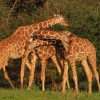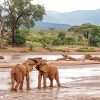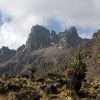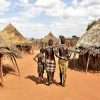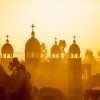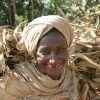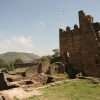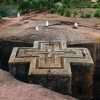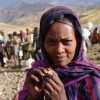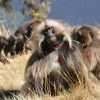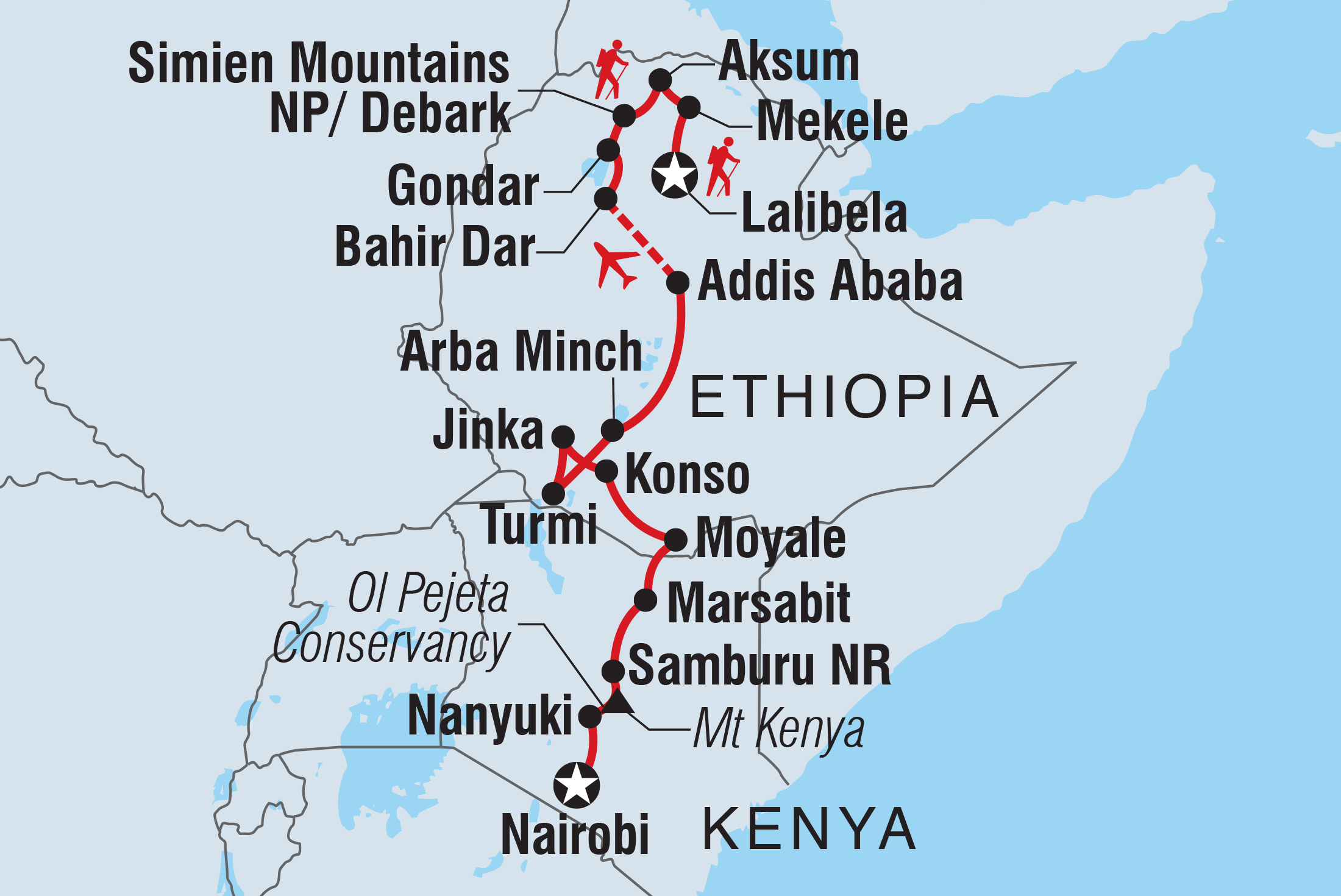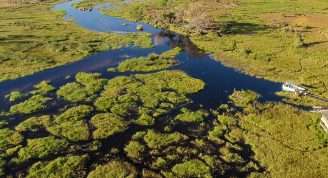Description
Travel from the rarely visited northern region of Kenya to the Ethiopian highlands, an area steeped in natural beauty and human history. Head north from Nairobi to Nanyuki and Samburu, hiking in the shadow of Mount Kenya and searching for the ‘Special Five’, wildlife unique to this area. Spend some time learning about the traditional peoples of northern Kenya, including the Samburu and Hamar, before crossing into Ethiopia where you’ll witness the ancient cities of Gondar, Lalibela and Axum, as well as the World Heritage-listed Simien Mountains National Park.
- Hike to Old Moses Point for views over the twisting valleys and rugged peaks of Mount Kenya National Park
- Embark on a game drive in the Ol Pajeta Conservancy, where you'll see giraffe, zebra, elephant, jackal, hippo, rhino, baboon and gazelle roam among the acacia trees and 'whistling thorn' shrubs
- Visit the crater lakes that sit atop Mt Marsabit. The aptly named Lake Paradise is partly covered by Nile cabbage and rimed by verdant forest
- Visit the Dorze people and immerse yourself in a culture well known for their unique beehive houses and colourful woven fabrics.
- Take a boat trip on Lake Chamo for a chance spotting of the resident hippos, thousands of Nile crocodiles, rich bird life and local fishermen.
- Search for the Gelada baboon in Ethiopia's Simien Mountains.
- Visit Ethiopia’s ancient cities including Gondar, Lalibela and Axum.



